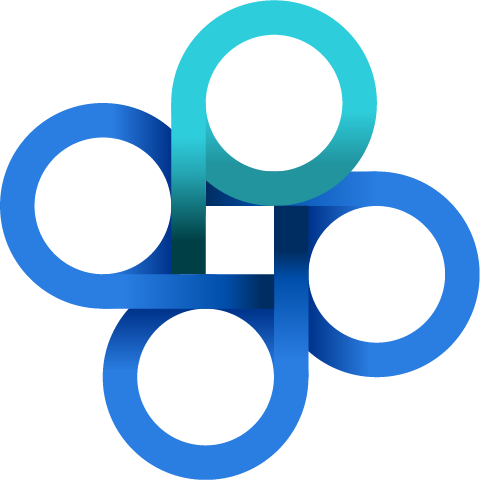The Death of the Cookie Should Not be the Death of Personal & Data-Driven Marketing
The death of the third-party cookie does not need to be the end of personal and targeted marketing. Instead, we need to consider new and more innovative solutions. When asked how the death of the third-party cookie would affect their use of data, over 60% of marketers stated that they intend to increase their emphasis on the use of first-party data (see chart below).
Without any reliance on cookies or browser-based tracking, innovative marketers are now creating highly personalized and targeted experiences for their existing customers and prospects by looking inward to their first-party assets, and enriching these assets with data attributes that unlock opportunities for right-timed outreach and engagement.
Source: IAB/Winterberry Group. 2020. State of Data 2020
Identity Resolution is the Foundation
If you want to deliver personalized marketing, you first need to know who the consumer is on the other end of your interaction. However, this can be a complex challenge because you’re often dealing with fractional identifiers—or breadcrumbs of the consumer’s true identity.
As a marketer, you’re interacting with consumers across multiple channels at different points in time, and your view of an identity is often incomplete. You may have an email address in your ESP, a phone number on an inbound call in your call center, a mailing address and name in your direct mail database, or a cookie or mobile advertising ID in your digital audiences. If you’re not able to take these fractional identifiers and tie them back to the right person, it can be very challenging to create a consistent and personalized marketing message that speaks to the consumer throughout their buying journey.
At Jornaya, we’ve encountered this challenge in our own efforts to create and deliver behavioral data attributes. Our customers ask us to help them identify when their current customers and prospects are reaching critical inflection points in their buying journey, as indicated by the online behavior and shopping activity they are exhibiting. In order to do this, we need to be able to match and link our customer’s CRM data to the unique behaviors that we have witnessed across our proprietary data network of over 55,000 websites where consumers shop for insurance and financial services products.
As a result, accurately resolving identity—and doing so in a privacy protected manner—has become a critical foundation for Jornaya’s platform. Through the use of an Identity Graph that’s anchored on offline data (not cookies), we’re able to anonymously link and match the identity of the consumer that lives in our customers’ database to the behaviors that we have collected.
We use privacy-preserving linkage capabilities to match one-way hashed data without ever needing to have access to a consumer’s raw PII—this protects privacy in the process, while also enabling us to accurately match data without the use of third-party cookies, device IDs, or browser based tracking.
Engaging at the Right Time With Relevant Messaging
Our own experience at Jornaya has led us to believe that identity resolution is not the end-state goal. Instead, it’s a foundational capability that will enable marketers’ to create more personalized experiences that consumer’s appreciate as they make buying decisions.
Identity resolution technology can be used to create a common language between our data and our customers’ first party data—the same unique and universal person and household IDs can be linked across data sets—unlocking a new set of innovative possibilities for marketers.
With this common language in place, we can enrich first-party data to:
- Add unique behavioral attributes that create a wider view of the consumer buying journey: Witnessed behaviors can help marketers determine the right-time to engage a consumer when they are truly interested and in-market.
- Add attributes that provide context and refine relevancy: Consumer and household profile characteristics—including financial segmentation and purchase history—can help marketers determine what message will be most relevant and appreciated by the consumer to drive high engagement rates.
- Create predictions and prescriptions: With access to all of the underlying behavioral attributes, as well as critical consumer and household characteristics, it becomes possible to not only make predictions, e.g. likelihood to purchase a home in the next 60-days. But it also becomes possible to define the next best action to engage the consumer, e.g. Use email engagement with home purchase loan offer content and overlay with digital activation to maximize engagement and close rates.








 Your Privacy Choices for Platform Services | Data Services
Your Privacy Choices for Platform Services | Data Services